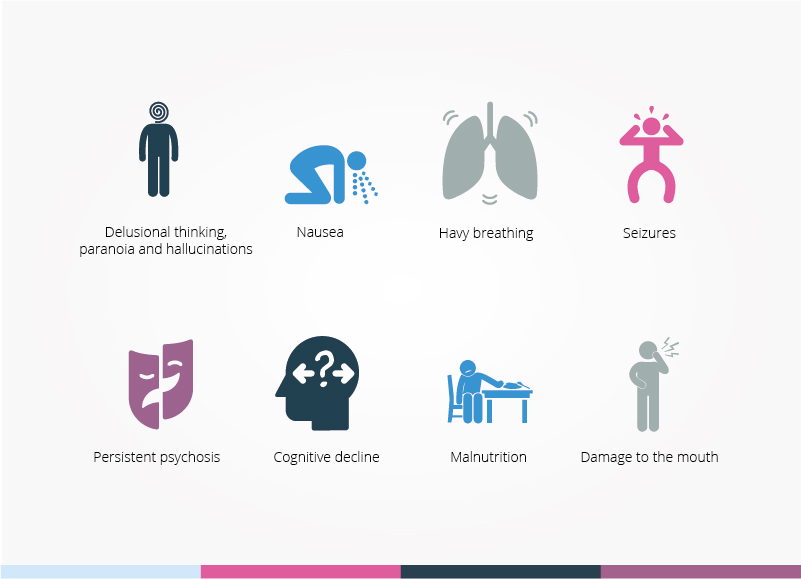
medical devices and applications used to treat withdrawal symptoms or deliver skills training.There are many options that have been successful in treating drug addiction, including: Treatment programs should test patients for HIV/AIDS, hepatitis B and C, tuberculosis, and other infectious diseases as well as teach them about steps they can take to reduce their risk of these illnesses.Drug use during treatment must be monitored continuously.Treatment doesn't need to be voluntary to be effective.Medically assisted detoxification is only the first stage of treatment.Treatment should address other possible mental disorders.Treatment plans must be reviewed often and modified to fit the patient’s changing needs.Medications are often an important part of treatment, especially when combined with behavioral therapies.Counseling and other behavioral therapies are the most commonly used forms of treatment.Staying in treatment long enough is critical.Effective treatment addresses all of the patient’s needs, not just his or her drug use.People need to have quick access to treatment.No single treatment is right for everyone.


Drug addiction is also a relapsing disease. These changes in the brain can lead to the harmful behaviors seen in people who use drugs. Drug addiction is a chronic disease characterized by compulsive, or uncontrollable, drug seeking and use despite harmful consequences and changes in the brain, which can be long-lasting.


 0 kommentar(er)
0 kommentar(er)
